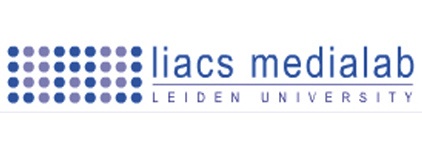| FAQ
What is shot break detection?
Roughly speaking, a shot break is the change from one camera shot
to another. In the research literature, the definitions change
depending upon the paper. Many researchers use the movie maker
terminology in which a scene is composed of one or more shots.
Why is this useful?
Shot break detection is useful for a wide variety of real world
applications. Video editors and producers usually work in terms
of shots and scenes, not individual frames. This work is useful
not only in finding shots and deleting shots within a current
movie, but also in locating shots and scenes from previous movies.
It also gives more search options to the home user. Suppose you
have recorded six hours of video from cable. This technology gives
you the ability to skip over shots with a button clock.
Why is this important?
Since the information in video databases can be measured
in thousands of gigabytes of uncompressed data, video analysis methods
which ignore the redundancy in video sequences can not be considered
practical methods. Thus, we integrate the video analysis
methods with video compression in order to exploit the redundancy
in video sequences.
What problems are addressed?
Two problems will be addressed: (1) Video analysis, which includes
segmentation, classification, and recognition, and (2) Computational
efficiency through integration with video compression methods.
Regarding the video analysis, a method based on 2D pixel motion flow
fields and the Karhunen-Loeve transform is proposed to determine the
location of scene cuts and the type of camera movement within the
scene. The 2D pixel motion can be found from methods which include
optical flow and correlation. The scene cuts can be detected by
analyzing the displaced frame difference or the smoothness of the pixel
motion field. The Karhunen-Loeve transform was chosen because it
extracts optimal linear features which describe the pixel motion
fields. These optimal linear features are denoted as eigenflow images
since they describe the set of pixel motion flow images which
correspond to a particular camera movement. Regarding face and object
classification, the Karhunen-Loeve transform has been used
successfully for recognition of near frontal views of human faces
|
